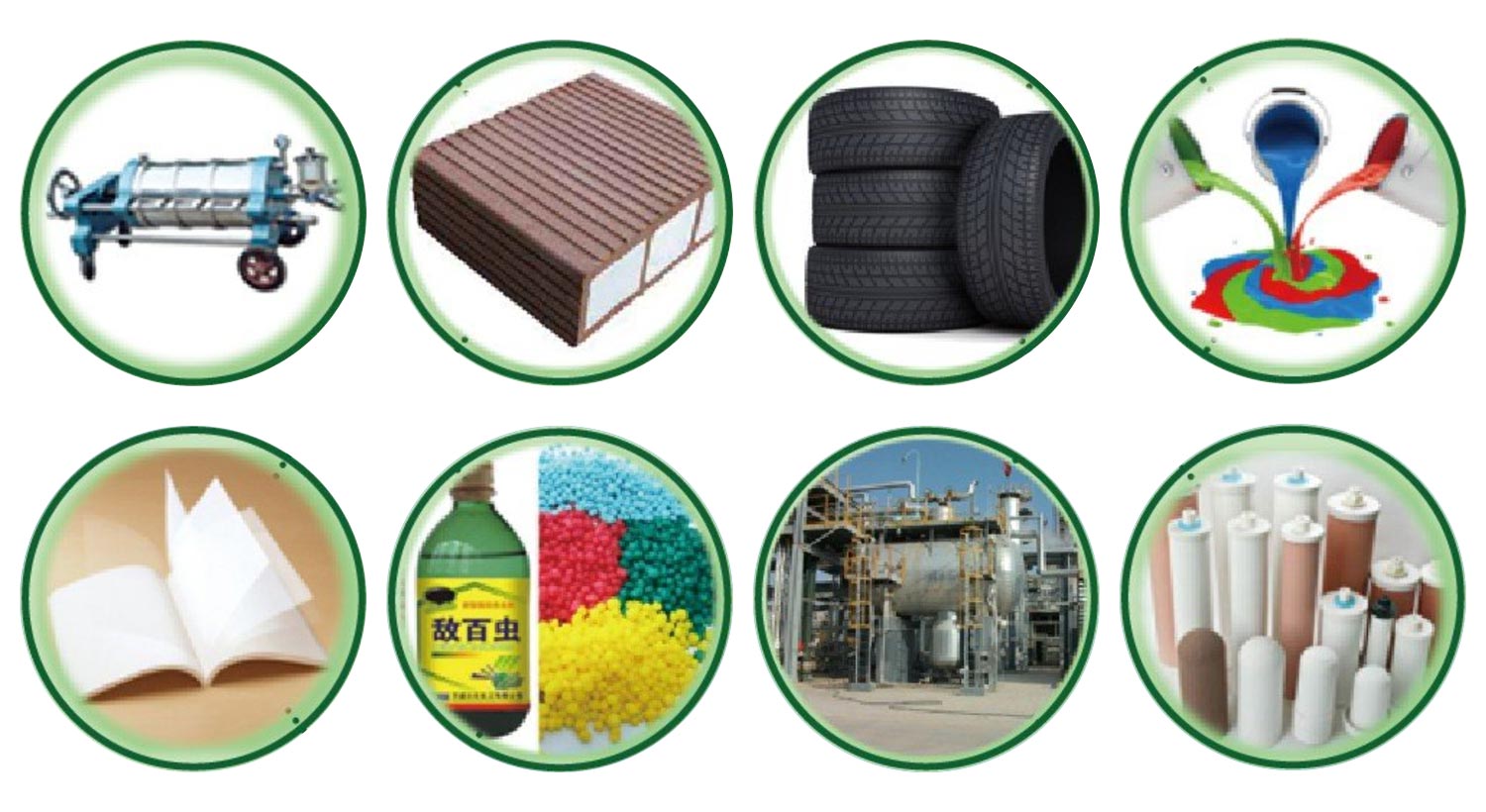The processing technology and application of diatomite
Diatomite is deposited 10,000 to 20,000 years after death to form diatomaceous earth. Diatomaceous earth is a kind of biogenic siliceous sedimentary rock, which is mainly composed of the remains of ancient diatoms. It is soft, loose, delicate, porous and light, and has adsorption properties. Sex, permeability.
| Substance | Diatomite |
| Main components | Silica |
| Mineral composition | opal |
| Density | 1.9~2.3g/cm3 |
| Melting point | 1650~1750℃ |
| Moh’s hardness | 1~1.5 |
| colour | Light yellow or light gray |
| Specific surface area | 40~65m2/g |
| Pore volume | 0.45~0.98m3/g |
| Water absorption | 2~4 times its own volume |
Diatomaceous earth has an amorphous structure with a large number of micropores, and the number of micropores per unit area is thousands of times higher than that of charcoal. Common microstructures include straight chain type, round screen type, feather pattern and crown plate type.
According to the different mineral content in the ore, diatomaceous earth is divided into diatomaceous earth, clay-containing diatomaceous earth, clay diatomaceous earth, and diatomaceous clay.
| Diatomaceous earth | Clay-containing diatomaceous earth | Clay diatomaceous earth | Diatom clay | |
| Diatom content | 90% | 75% | 50%~70% | 30%~40% |
| Clay content | 5% | 5%~25% | 25%~30% | 5% |
| Mineral debris | 1% | 2% | 5% | 3%~10% |
| Dry bulk density | 0.5~0.6g/cm3 | 0.56~0.63g/cm3 | 0.58~0.65g/cm3 | – |
Diatomite deposits are divided into marine deposits and continental lacustrine deposits according to their formation conditions. Diatomite mineral products are divided into A type fine ore with a particle size less than 0.25mm and B type lump ore with a particle size greater than 0.25mm according to the particle size. Diatomite is divided into first grade, second grade, and third grade according to product quality.
Diatomite processing technology
Natural high-purity diatomaceous earth ore is rare, and most of them require ore dressing and purification before they can be used. The beneficiation method is determined by the type and nature of impurity minerals and the purity requirements of the product. The method of beneficiation includes physical method (wet method, dry method) and chemical method (acid leaching method, calcination method).
- Physical method
The wet beneficiation process is often used for low-quality ore. The process is raw earth ore → scrubbing pulp → dilution → sedimentation separation → negative pressure dehydration → hot air drying → fine classification → diatomaceous earth.
The dry beneficiation process is often used for high-quality ore. The process is raw earth ore→crushing→mixing→grinding→drying→grinding→drying→air separation and classification→diatomite.
- Chemical method
Physical beneficiation and purification can only improve the purity of diatomite, and it has little effect on increasing the specific surface area. Chemical methods can remove organic impurities and structured water, and improve the purity of diatomaceous earth.
The process flow of the acid leaching method is raw earth ore → roughing → stripping → acid leaching treatment (acid) → sedimentation and separation → filter press → washing → drying → diatomaceous earth.
The calcining process can purify diatomaceous earth alone, or it can be used in conjunction with other processes. The calcining method is divided into room temperature calcining and flux calcining. The calcining temperature is between 600°C and 800°C, and flux is added for flux calcining. The process flow of the calcination method is raw earth ore → roughing → calcination to remove impurities → jet pulverization → classification → diatomaceous earth.
Application of diatomite

- Water treatment industry
Porosity and adsorption are used as adsorbents to treat sewage in water treatment.
- Building Materials Industry
Production of thermal insulation materials and lightweight building materials.
- Rubber industry
Used as a reinforcing agent and filler. Improve the physical properties of rubber products and enhance durability.
- Coating industry
Used as a matting agent and filler. It can improve the dispersibility of the coating, and it is not easy to aggregate and precipitate. At the same time, diatom mud is also a new type of environmentally friendly green coating material.
- Paper industry
Used as a functional filler, based on the good physical and chemical properties of diatomaceous earth, it can be used to produce functional paper.
- Agriculture field
Diatomaceous earth itself is an insecticidal pesticide. It can also be used as a carrier and anti-caking agent for pesticides or fertilizers. The use of fertilizers can also improve fertilizer efficiency.
- Petrochemical industry
Used as the carrier of various catalysts, such as the carrier of nickel catalyst in hydrogenation process.
- Other industry
Diatomaceous earth is used as filter aid or porous ceramic filter element is widely used in the production and filtration of daily necessities such as medicine, wine and sugar.
